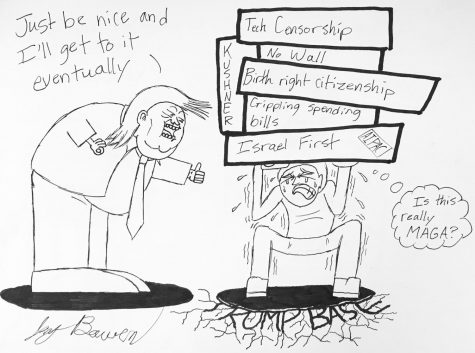Wait Until High School to Group Students by Academic Ability
Grouping students by grades and ability has become increasingly prevalent across the United States. Students, as early as elementary school, are being broken up into groups that determine the difficulty of subject matter, and the speed at which they advance through lessons.
While advanced-placement courses are no stranger to the high school education system, and have proven extremely valuable, this kind of grouping with younger students is a much more recent phenomenon.
As students progress through high school, it is important that more academic-minded students take more demanding classes to push their intellectual boundaries, and better prepare them for a college course load.
This places them in a learning environment where they can excel, along with their peers who have similar academic goals in mind. This pertains to a few classes throughout the day, with many more classes being open to students of all skill levels.
Applying this model to a middle school environment, however, is detrimental for students.
In middle schools, a vital part of education is socialization. Not only are kids learning subject matter that will be important in their intellectual lives, they are also learning to work alongside other people with varying skills and experiences.
If students are grouped based solely on their test scores and academic potential, you will isolate those children only to students academically similar to themselves. This may accelerate the learning of a few students, but it will place those who are not as developed at this stage at a tremendous disadvantage. It is important for young children to learn similar subject matter, and to do so in groups with varied skill sets.
Choosing to separate children can also hinder their motivation to perform better in school. Studies conducted by the National Education Association have suggested that “in many instances, students are given labels that stick with them from grade to grade, and those labels begin to define what their intelligence level is.”
The article also suggests that this kind of grouping is detrimental to minorities and poorer children, contributing to a “widening of the achievement gap.”
Tracking progress is extremely important in determining what the best type of educational approach is for every student. This is an approach that all middle and high schools should continue to do. However, dividing students up to learn, based on an academic bracket, would be a costly mistake at a young age.
Those on a lower track show a lower motivation toward school, and develop lower expectations for what they can achieve. Many middle school students are late intellectual bloomers, and the lost potential from this kind of academic grouping would be huge.
Advanced placement classes in high school settings, once children are more developed, has proven effective. That should continue.
Once middle school students enter high school, it becomes more obvious who is “academically gifted.”









